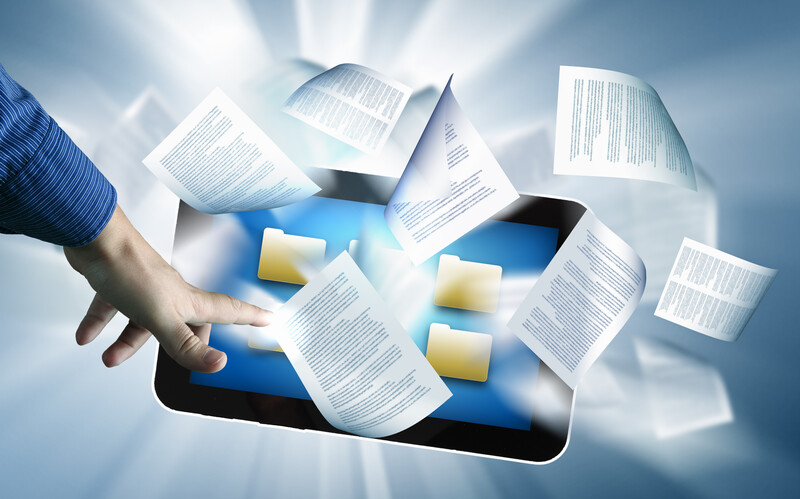An electronic book, otherwise known as e-book, is an electronic version of a printed book which can be read on dedicated e-reader devices, or any computer device that features a controllable viewing screen, including desktop computers, laptops, tablets and smartphones. With eBook conversion services provided by professional document conversion companies, your books or documents can be converted into a format that can be read by e-Readers available in the market.

eBooks – Typically ePub and MOBI formats
Most eBooks are in the EPUB and MOBI formats. These formats feature reflowable text, which makes them well suited for almost all mobile devices. Reflowable text involves adjusting text according to your device screen size, orientation or zoom and page scroll effects. In other words, with this feature, text will reflow appropriately on a mobile device, irrespective of its size. The reader can make the type larger or smaller, and the text will reflow accordingly. In addition, text will not be cut off at the right margin, so that the reader will not have to scroll horizontally to read the remainder of each line.
Portable Document Format (PDF) is also an important format, but it is not a true eBook. It may not provide the best reading experience on a small screen. The PDF is designed to show as a print-type document that has a fixed layout. No matter what device you view them on, from a tiny phone to a tablet or computer screen, PDFs will look the same. The words, lines, styles and fonts remain the same. The page size may vary according to the device.
Since PDF files contain static text, viewing a PDF requires readers to enlarge the page and then manually move the page from left to right in order to read it all. PDFs perform well in conjunction with graphic novels, illustrated eBooks and other such titles with specific formatting. They can be printed easily.
eBooks vs. PDF
- Since eBooks automatically reflow content and hyphenate the words, these are ideal for handheld devices whereas it is quite challenging to read PDFs on smaller devices.
- You can change the font and choose a particular font size in an eBook – the same is not possible with the PDF.
- eBooks have a page turning feature that is not available with the PDF.
- The reusability feature of eBooks enables users to publish updated versions without much hassle. However, PDFs have no such feature, and therefore updating it can be tedious and time-consuming.
- eBooks have a hyper linking feature that facilitates linking to tables, figures and other elements internally as well as externally.
- The Zoom functionality of eReaders makes it easy to read complex tables. If the file is in PDF format, it could be difficult to read on smaller devices.
- eBooks allow users to utilize interactive features such as read aloud, text sync, zoom functionality and so on. These are not available with PDF. Multimedia can be embedded into both PDF and eBooks. Both formats have features such as search, text copying, highlighting text and annotation.
Now that you know the distinctive features of the PDF and eBook, it is clear that if you want to read something on an eReader, eBooks are the best file option. An eBook with its reflowable text provides a much better reading experience and works better in an e-reader. On the other hand, if you want to physically print some content, PDF is the best format. When creating a PDF for printing purposes, you must know the finished size at which you want them to print.
To convert your traditional books, scientific, technical and medical (STM) books, reports, brochures, catalogs, white papers, or any other type of file or document into attractive eBooks, consider partnering with an experienced document conversion company. E-book conversion services offered by reliable document conversion service providers ensures e-books with capabilities such as re-flowing text, cover image, changeable fonts, working table of contents, tags and links.



